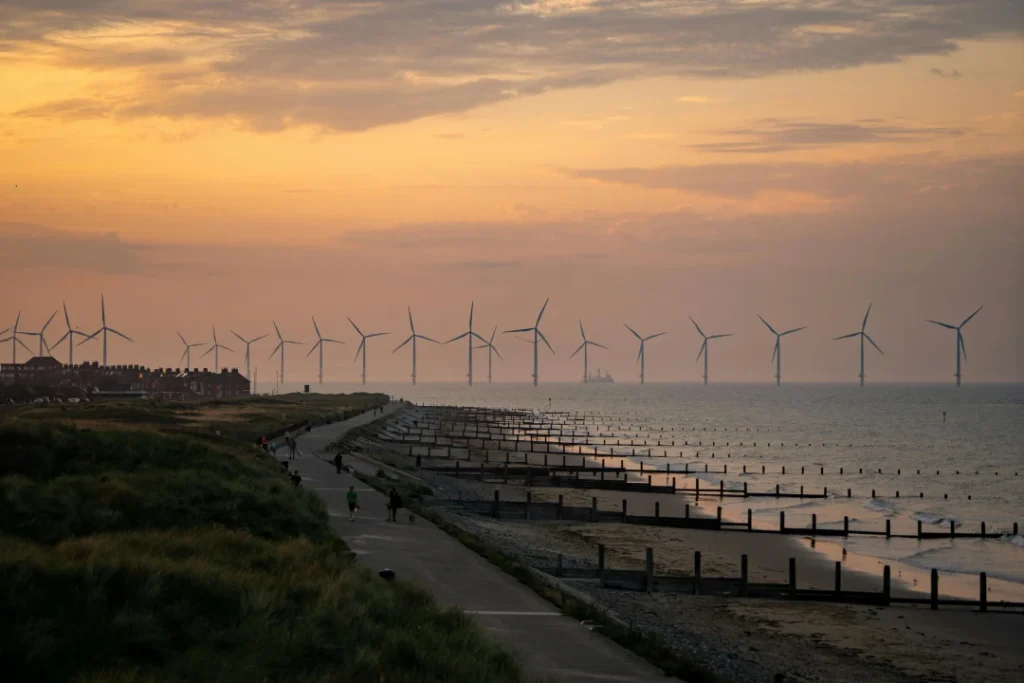The first generation of Europe’s offshore wind farms are reaching maturity. Assets commissioned well over a decade ago are now approaching their 20-year design life, prompting a critical question: decommission or extend? The economic and environmental case for life extension can be compelling, but assessing assets to understand the feasibility introduces a significant challenge, particularly for the asset’s most vulnerable component: the subsea power cable.
For UK operators, the clock is ticking. The OFGEM regulatory framework requires a life extension application process to begin six years before the end of the initial operational period. At this T-6 milestone, asset owners must present a convincing case that their wind farm is in a safe and manageable condition. A year later, at T-5, the Offshore Transmission Owner (OFTO) must do the same for the critical export cable infrastructure. Visual inspection can combine with data analysis to assess the integrity of the tower, blades and turbine and gather empirical evidence of their health. But this approach is difficult to execute for power and export cables that have already endured more than a decade of harsh subsea conditions. While the typical repair cost of an export cable in the UK offshore wind market is around £6 million, revenues lost due to downtime can reach as much as £50 million, understanding cable health is therefore an important part of life-extension planning.
Beyond Periodic Snapshots
Traditional cable health awareness has relied on periodic surveys and inspections and is generally limited to cable burial risk assessment – which does not consider the health of the cable. Where data is collected from cable sensors, data volumes have traditionally overwhelmed storage and analysis capacity narrowing the scope of insight. While valuable, these methods provide only a momentary snapshot of the cable’s condition, potentially years apart. They cannot capture the cumulative impact of dynamic environmental forces—the daily scour from tidal flows, the fatigue induced by storm-driven currents, or the slow onset of abrasion. This leaves operators and regulators with an incomplete picture, creating uncertainty at a time when confidence is paramount.
The question is not whether a 15-year-old cable is in pristine condition, but whether its current state and rate of degradation can be managed to ensure safe, continued operation. Answering this requires a paradigm shift from intermittent inspection to continuous, intelligent monitoring.
Establishing a Definitive Health Baseline
This is where Indeximate’s Cable Health Monitoring (CHM) provides a decisive advantage. By leveraging the existing, unused fibre optic cores present in virtually all subsea power cables, we deploy Distributed Acoustic Sensing (DAS) to create a high-fidelity, continuous record of the cable’s physical condition and shine a light on hard to inspect and vulnerable windfarm assets.
While it is true that a significant history of stress and potential degradation may already have occurred, it is never too late to establish a robust, evidence-based baseline. Our advanced automated, data analysis platform, The Scattersphere®, interrogates the vast stream of fibre optic sensing data to create years-long risk profiles of cables and identify the subtle, long-term indicators of developing faults. This provides cable health insights that pinpoint, categorise and predict how and where cables will fail months and years in advance.
We transform terabytes of raw data into clear, actionable risk metrics, including:
- Cable Integrity: Detecting electromechanical weakness in the cable’s armour layers.
- Exposure & Free-Span Dynamics: Identifying sections of exposed cable by measuring their thermal response to tidal flow and the acoustic signature of vortex-induced vibration (strumming).
- Abrasion & Fatigue: Quantifying the risk from movement against the seabed and calculating the accumulated fatigue from dynamic strain.
From the state of the, hopefully well buried, export cable to the critical risk areas where the cable departs the seabed, Indeximate’s Scattersphere provides a solution for OFTOs and Windfarm owners alike.
By implementing our CHM service well in advance of their initial operational period, operators can move from a position of uncertainty to one of informed control. We provide a detailed risk profile of the cable as it exists today, identifying and quantifying areas of concern. This definitive health record provides the objective evidence required to build a powerful case for life extension, satisfying the rigorous demands of regulators and insurers. It demonstrates a proactive, data-driven strategy to manage assets through to their true end of life, securing the long-term value of these critical infrastructure investments.











